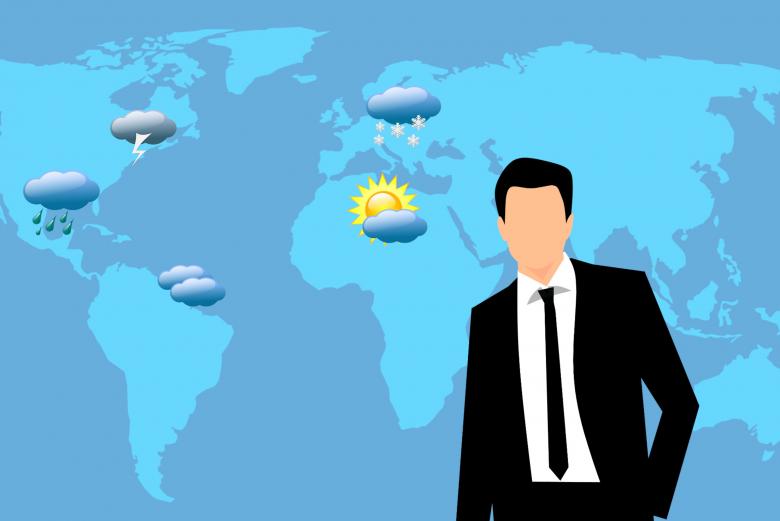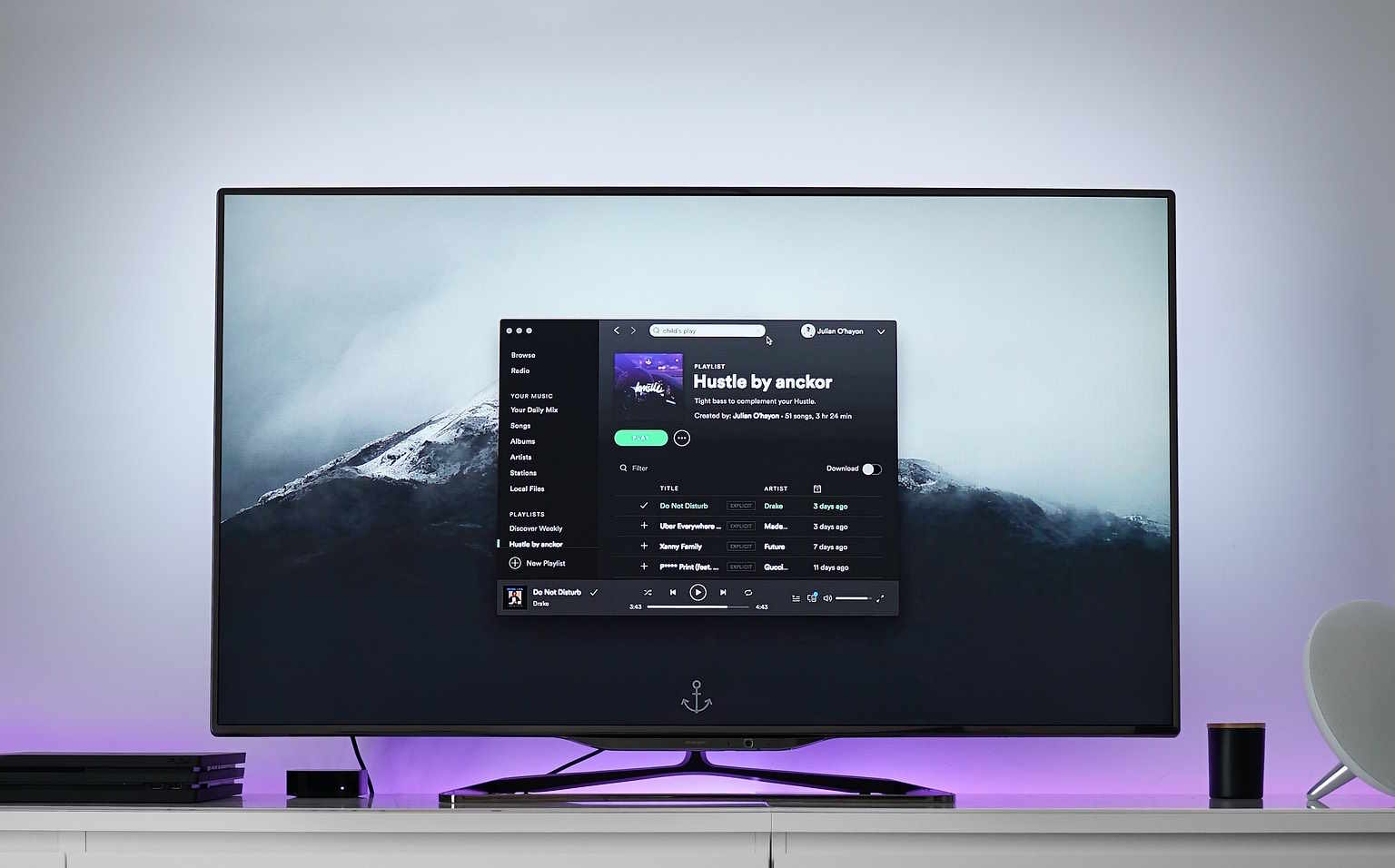Decoding Undersea Internet Cables
The world is more connected than ever, thanks to the intricate network of undersea internet cables. These cables, often overlooked, are the backbone of our digital world, enabling global communication and data transfer. Read below to delve into the fascinating world of undersea internet cables and their impact on our digital lives.

The Underwater Lifeline of the Internet
The internet is often visualized as a cloud or a web, but in reality, it’s a series of cables running across the ocean floor. These undersea cables, spanning over 750,000 miles, carry almost all of the world’s internet traffic. They are responsible for everything from international phone calls to streaming videos and are crucial for the smooth functioning of global financial systems.
The Anatomy of Undersea Cables
Undersea cables are not just simple wires. They are complex structures, about the size of a soda can, consisting of multiple layers. The core, made of optical fibers, carries the data. This core is surrounded by layers of protective materials, including steel and polyethylene, to withstand the harsh underwater conditions and potential threats like shark bites or ship anchors.
The Installation and Maintenance Challenge
Installing these cables is a massive and expensive undertaking. Specialized ships are used to lay the cables, which can weigh up to 10 tons per mile. The process is slow and meticulous, as the cables must be carefully laid to avoid underwater obstacles. Maintenance is also a challenge, as repairing a damaged cable can cost millions and take weeks to complete.
The Role in Global Connectivity
Undersea cables play a pivotal role in global connectivity. They provide the infrastructure that enables the internet to be a truly global network. Without them, international communication would be slower and more expensive. They also play a crucial role in developing countries, providing them with access to the global internet and helping to bridge the digital divide.
The Future of Undersea Cables
The demand for data is growing exponentially, and so is the need for undersea cables. Tech giants like Google, Facebook, and Microsoft are investing heavily in new cable projects to meet this demand. These companies are also exploring new technologies, like repeaterless systems and higher-capacity cables, to increase the efficiency and capacity of the undersea network.
Useful Tips and Facts:
- Undersea cables carry over 99% of international data.
- The first transatlantic cable was laid in 1858 for telegraph communications.
- Modern undersea cables can carry 100 terabits of data per second.
- The longest undersea cable is the SEA-ME-WE 3, stretching over 24,000 miles from Germany to Australia.
In conclusion, undersea internet cables are the unsung heroes of our digital age. They are the physical embodiment of the internet, connecting continents and enabling global communication. As our reliance on the internet continues to grow, so will the importance of these underwater lifelines. Their potential is immense, and understanding their role and impact is crucial in our increasingly interconnected world.






